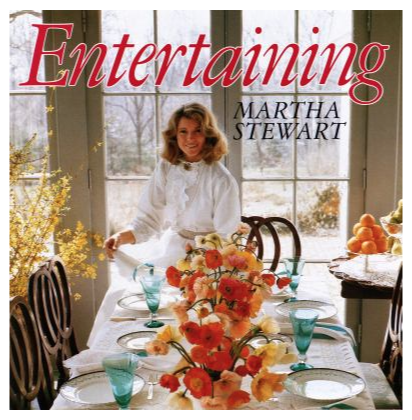Cottagecore
From the outside looking in, Cottagecore is relaxing, peaceful, simple and beautiful. Check out any of the 661,202 posts in the #cottagecore Instagram. You will find a little bit of everything that defines this world. You will see clothing that fits the ‘cottagecore’ aesthetic, wall plaques with quaint sayings, pictures of beautiful meadows at sunset, bucolic village streets from somewhere in England circa 1820 (or 1920?), a picture of a young woman offering us a peek at the apples she’s just hand-picked and is carrying home in her calico apron.
As you look over these images, you feel your blood pressure lowering and your shoulders dropping.
Yet, even though scenes like that are relaxing to many people, the Cottagecore trend is mostly popular with younger women. It is a world that they are creating that is safer, slower and devoid of the strife and extreme upset than the world outside of all of our doors has been for a while now. It is about an analog existence, spent out of doors for the most part. It centers on an aesthetic that roots itself in the past, yet does not eschew the present in any way. Little House on the Prarie, Jessica McClintock, Laura Ashley, Holly Hobbie would all be style icons influencing these Cottagecore acolytes. I would also name Martha Stewart and the world she has created as influential.
In 1982, her first book, Entertaining by Martha Stewart was published, followed by multiples of books on Weddings and Gardening. Since then, her photos of dewey roses and soft focus, linen covered tables set with celadon cups of steaming tea with milk and plates of buttery shortbread have been the standard many GenX’ers and Millennials (mothers to the GenZ women who have taken to Cottagecore) have striven to attain in their own lives.
The irony is pointed out by anyone who reviews Cottagecore that the entire movement, which is about idyllic lives, far removed from the digital entanglements that rule our lives, exists because of and within a social media bubble. The New York Times has an excellent article called, Escape Into Cottagecore, Calming Ethos for Our Febrile Moment. I would highly recommend not only reading it but also delving into the comments that have been posted subsequent to its publishing on March 10th. Readers reference many historical examples of times when the stress of a given age has given rise to movements not unlike Cottagecore.
One quick example of this would be the art of textile designer William Morris. He was a leader in the 1880’s Arts and Crafts movement, which according to My Modern Met, “…was born from the values of people concerned about the effects of industrialization on design and traditional craft.” William Morris “…striven to protect and revive the traditional techniques of handmade production that were being replaced by machines during the Victorian era's Industrial Revolution.”
Upset in the world creates the need for control to be restored and that comes about in many ways, with each generation creating their own unique solutions. Cottagecore is the answer for many young women of today. Taylor Swift definitely understands this in a very pointed way, which you can see when you look at literally any part of her latest release, folklore, or into the merch store, where her key item is a button front cardigan.
“Maybe things would feel different if they looked a little prettier”
The upside for designers in the fashion, home and beauty industries (to name only a few) is that the identifying tropes of Cottagecore, such as florals, simple cotton, linen and eyelets, translate to so many products. Chintz is making a comeback, just check out the Modern Romance Campaign from H&M Home if you need proof. In apparel, fashion designer Batshiva Hay has consistently risen in popularity in the past few months with her mixed floral, retro, unique take on housedresses. Fashionista had an article in July, House Dresses Might Be the Biggest Item of the Summer and credited Batshiva as a leading brand in this trend.
Perhaps one of the most succinct comments I’ve read in trying to identify what this movement is about and why it is so popular, came from the New York Times article. They quote a young devotee, 18-year old Emily Kellum from Belmont, Mississippi. She said, “It’s like Animal Crossing but in real life…”
In August, Rebecca Jennings wrote an article for VOX called Once upon a time, there was cottagecore, Meet the aesthetic where quarantine is romantic instead of terrifying, and she completed that thought. She explained, “Cottagecore is less about a lifestyle and more about the longing for it, the yearning that maybe things would feel different if they looked a little prettier.”
She concluded the article with this thought: “That’s what’s wonderful about digital subcultures, though. You can wake up one day and decide to live inside cottagecore, to make tea with honey and stare at pictures of meadows, to mail a handwritten letter to a friend and buy too many plants. But there’s no telling who you’ll be in happily ever after.”
Until everyone who loves Cottagecore either moves on to another trend, or the world feels safe enough for them to do so, I think investing in some calico pillows or face masks makes a lot of sense.




